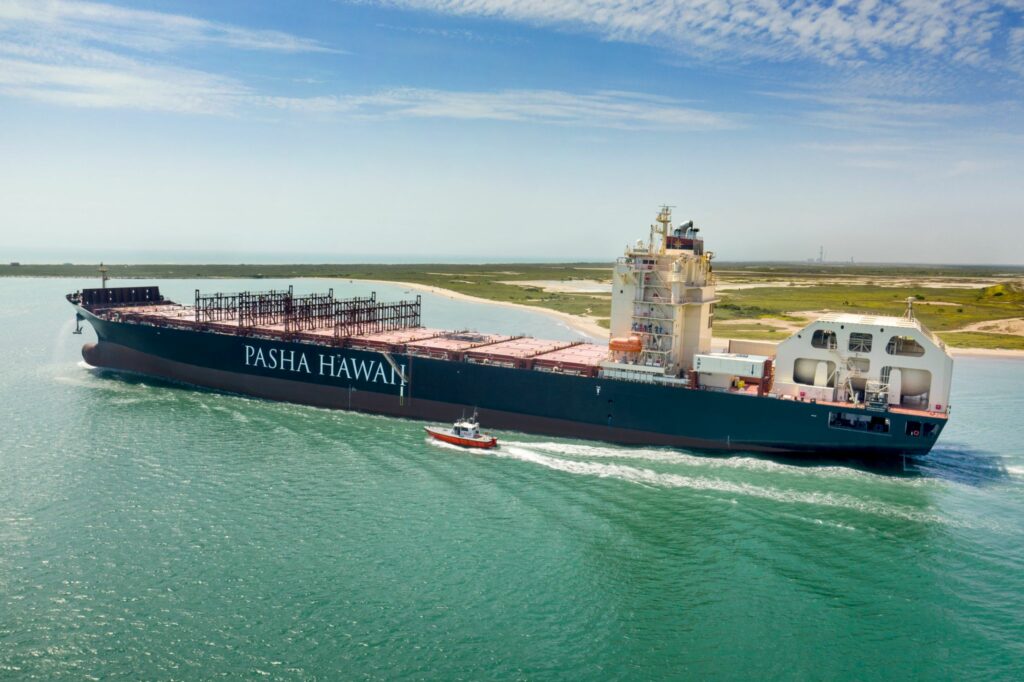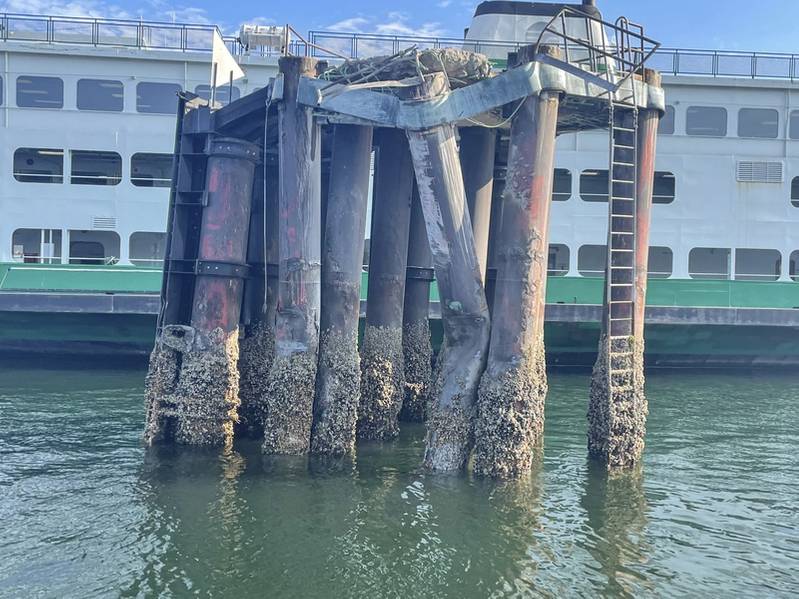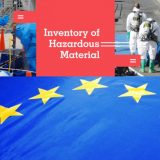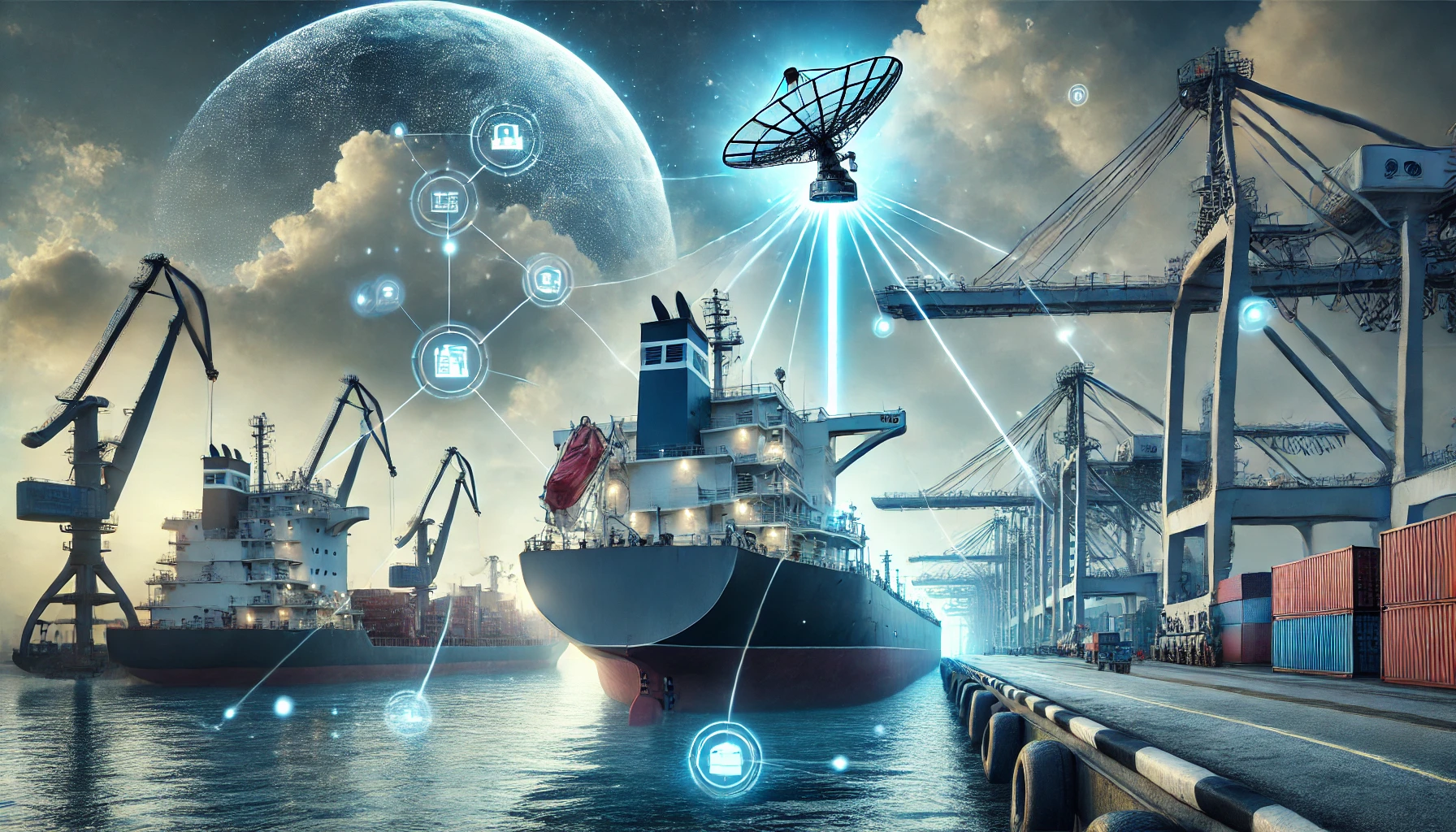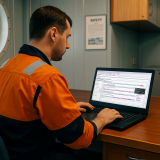A cargo of nickel matte shipped on an Ocean Network Express (ONE) vessel from Australia to China has been the subject of the first ever electronic Bill of Lading (eBL) transaction governed by Singapore law, following an electronic document amendment to legislation in the port city last year.
Singapore’s 2021 amendment to its Electronic Transactions Act (ETA) adopted the UNCITRAL Model Law on Electronic Transferable Records (MLETR), which grants eBLs the same legal status as paper equivalents.
The process was facilitated by tech firm essDOCS’ CargoDocs digital platform, which updated the terms of its eDocs Services & Users Agreement (DSUA) last year to align with the changes in Singaporean law and ensure the validity of eBLs on its system.
The transaction involved the sale of nickel matte in containers by BHP to Jinchuan Group, under a letter of credit (LC). The trade was supported by National Australia Bank (Hong Kong branch) acting on behalf of BHP and a Chinese trade finance bank acting as issuing bank on behalf of Jinchuan Group.
The parties were able to collaborate online in real-time to draft and approve the eBL and relevant supporting docs, before digitally exchanging the files to be signed, issued, transferred and electronically presented. The end-to-end documentation process was completed electronically in under 48 hours.
“At BHP, we are committed to continuously exploring avenues, together with our customers, to digitalise trade processes across the value chain with the adoption of the latest innovations enabled by technology,” said BHP’s Chief Commercial Officer, Vandita Pant.
“Regulatory reform will play a critical role during this transition and we firmly support efforts such as Singapore’s ETA. We were pleased that essDOCS enabled the first ever electronic Bill of Lading (eB/L) transaction governed by Singapore law between BHP and Jinchaun.”
“This transaction is a significant milestone for digitalising global commodities trade and we are thrilled to lead the way on a journey with the aim of achieving digital trade at scale.”

